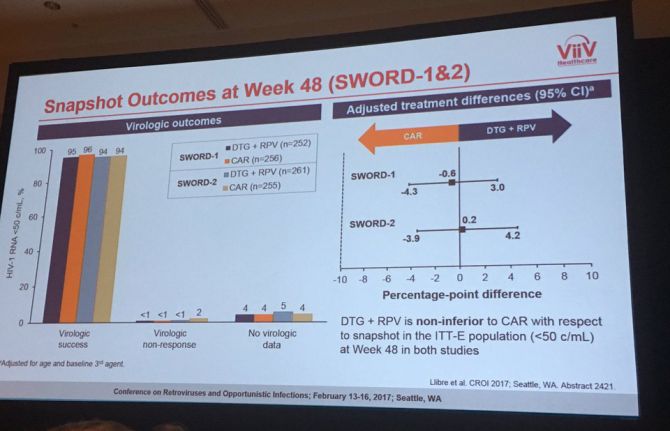

Update
CROI shows the importance of 90–90–90
21 February 2017
21 February 2017 21 February 2017A number of important updates were announced at the annual Conference on Retroviruses and Opportunistic Infections (CROI) that have shown the importance of, and ways to achieve, the 90–90–90 targets, whereby, by 2020, 90% of people living with HIV know their HIV status, 90% of people who know their HIV-positive status are accessing treatment and 90% of people on treatment have suppressed viral loads.
Held in Seattle, United States of America, from 13 to 16 February, CROI, the foremost annual scientific research conference on HIV, brought together around 4000 scientists, researchers, clinicians, students and others working in the response to HIV and related diseases.
A way of helping to meet the first 90—90% of people living with HIV knowing their HIV status—is the scale-up of self-testing. The STAR project, a four-year programme to build up HIV self-testing, has now distributed around 200 000 self-testing kits in Malawi, Zambia and Zimbabwe and is showing promising results. The project found that self-testing is a good way of reaching people who had previously not been reached before. Research is ongoing into the different ways the kits could be distributed—community-based distribution, pharmacy support, etc. With around 19 million people living with HIV not knowing that they have the virus, HIV self-testing could be a vital step towards ensuring that all who need HIV treatment have access to it.
The announcement of several promising new medicines in the pipeline may help to meet the second 90—90% of people who know their HIV-positive status are accessing treatment. A range of new single-dose, effective medicines, including new classes of medicine, new examples of existing classes and long-acting preparations that are produced by different manufacturers, will help to increase competition and hence access. Having new medicines will also be good news in the event of the development of resistance to current medicines in the future.
The importance of the third 90, viral suppression, and of a combination prevention approach to HIV was shown in a study in Rakai, Uganda. Studies of more than 33 000 people from 1999 to 2016 showed that an increase in antiretroviral therapy and hence viral suppression, scale-up of voluntary medical male circumcision and delayed sexual debut contributed to a 42% reduction in HIV incidence.
Also important for viral suppression is keeping people on treatment. The SWORD-1 and SWORD-2 studies show that a two-medicine regimen is as good as the current three-medicine approach. By reducing the amount of medicines that people living with HIV need to take, side-effects are reduced and adherence improves. Since antiretroviral therapy is taken for life, a simplification in treatment could benefit millions of people.



